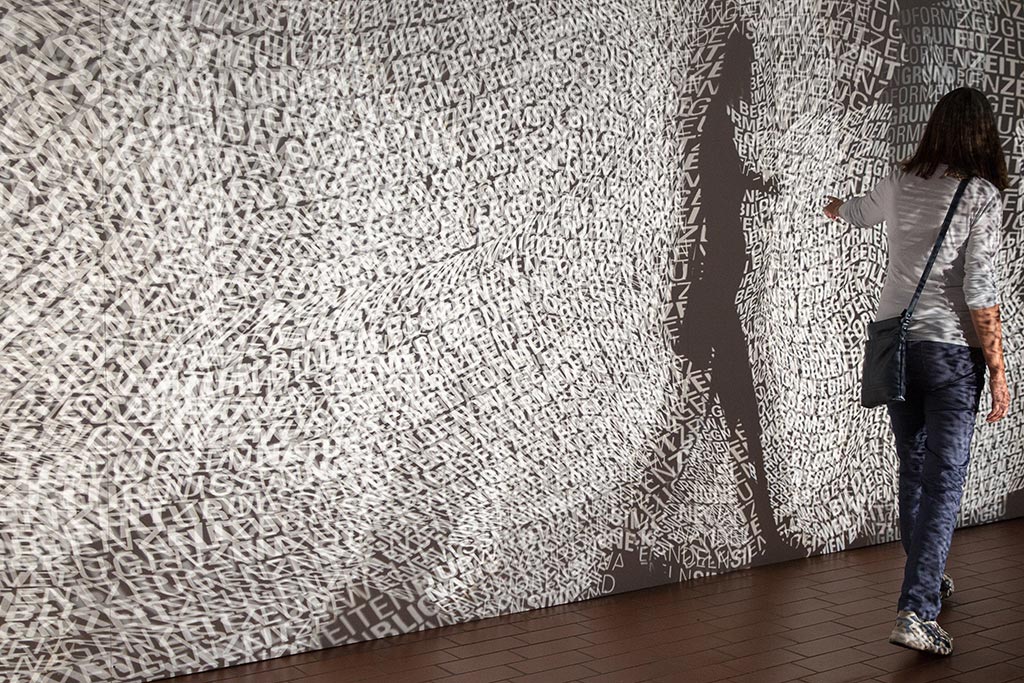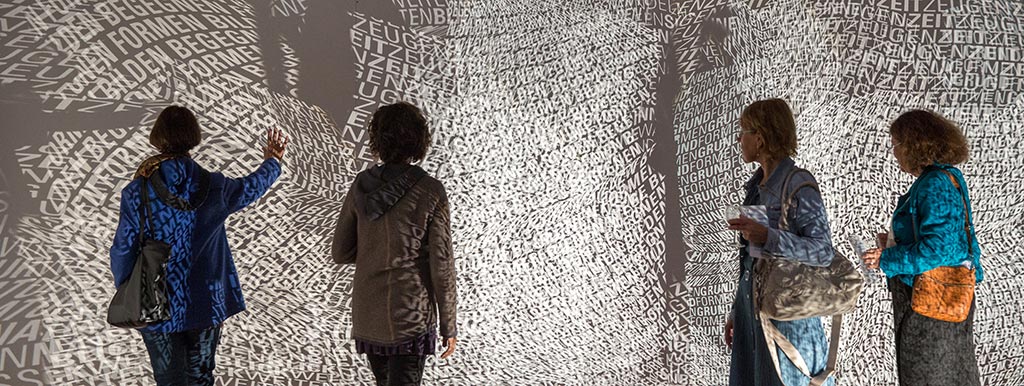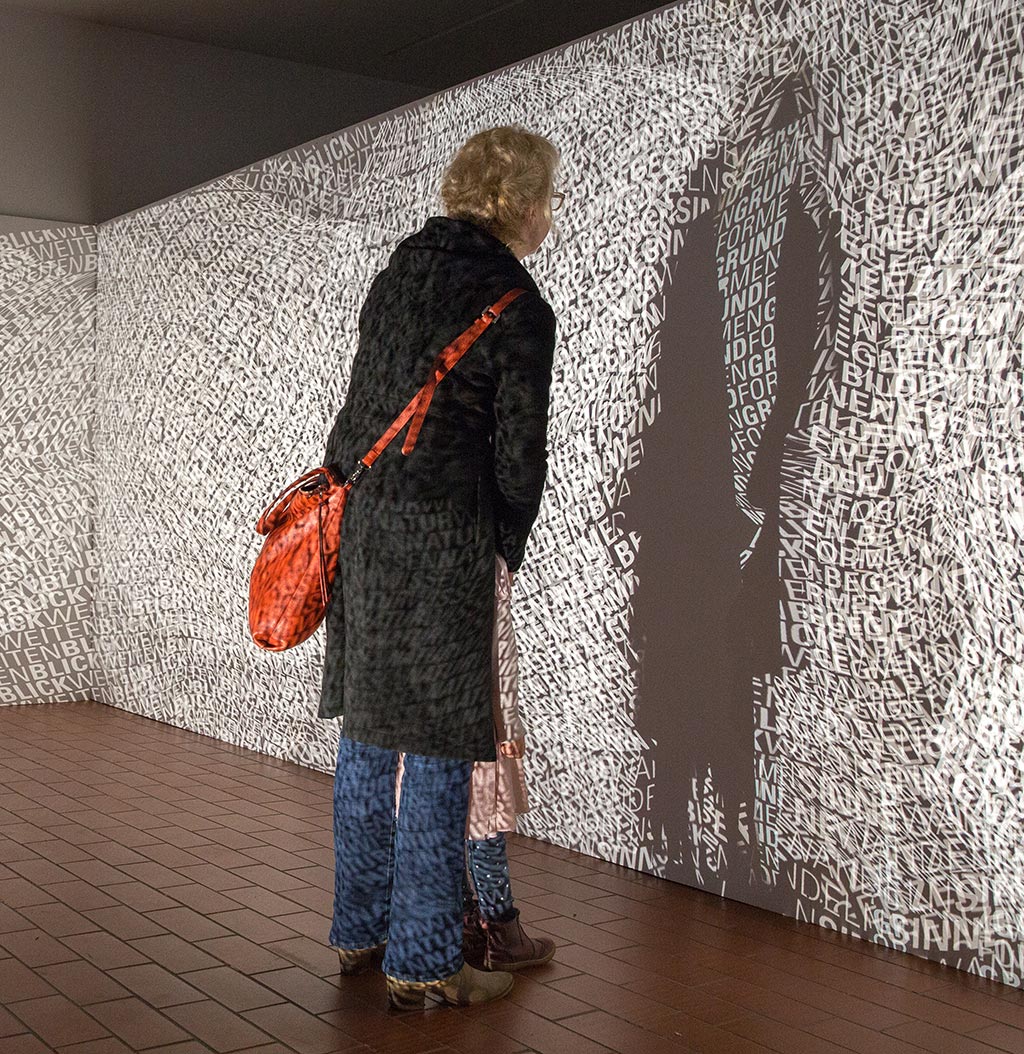PALIMPSEST I + II
17th Art Week,, former brewery, rectory, Lenggries
The term palimpsest, which has been used since ancient times, originally meant a manuscript page made of parchment or papyrus, which was cleaned by scraping or washing and then rewritten. Writing materials were prohibitively expensive in the Middle Ages, so that especially for liturgical and Christian texts antique parchments were palimpsested. Although etymologically, the rubbing and removing is meant, the word palimpsest is called rewriting.
“What other than a natural and powerful palimpsest is the human mind? Such a palimpsest is my spirit; such a palimpsest, O reader! is yours.
Everlasting layers of ideas, images, feelings have fallen on your mind as gently as the light. Each sequence [of thoughts] seemed to burn everything that was before. And yet, in reality, not a single one was wiped out.”
Thomas De Quincey in Suspiria de Profundis (1845).
In their work for the artists' association Lenggries, Detlef Hartung and Georg Trenz approach the subject of transparency with a somehow unusual approach, the examination of the palimpsest and its transferred, but also immediate significance in the artistic work with light, space and language.
The erased is still there, still shining through, still determines how the overlying is read. The process of creating a creative work, as well as its reception, is a contextual process in which everything that has been experienced so far is linked in many different ways.
To understand a thought, an idea, a word, an artistic work from the outset as a palimpsest means giving it transparency and taking the underlying connotations and relationships into account.
In the formal typographic overlay and combination of transparent but also non-transparent characters, the letter loses its recognizability and readability from a certain point, and new pictures, new contents, new readabilities, resulting from the original drawing material, emerge feed and derive previous textures.
Detlef Hartung and Georg Trenz transform sections of the entrance area, the ceiling and the front wall with the patriarchal cross into a light–text room that receives and says goodbye to the visitors, who leads them down the stairs to the large exhibition space and leads them back from there. Thinking and perception processes are visualized with the simpliest means. The source text is the quote from Thomas de Quincey. Individual concepts emerge, dissolve, are overlaid by other words, form textual fragments, all the way to readable text, which in turn dissolves in space, overlaid with associations, vague terms, recalled from the initial quotation, condensed text to pure light, disappearance of the letters in the darkness. Underneath always the double cross, as a symbol of the place, but also an archaic, graphic sign of orientation in the geographical and social space through vertical and horizontal.
This animated project, projected by a projector, faces a smaller, static work with overlapping slide projections in the lower part of the staircase. In this particular “Palimpsest” it is not recognizable which of the texts lies before or behind. None has been deleted or is more or less clearly recognizable. Only with the passage of the visitors, the levels are separated and the texts get readable.
A catalogue accompanies the exhibition.


